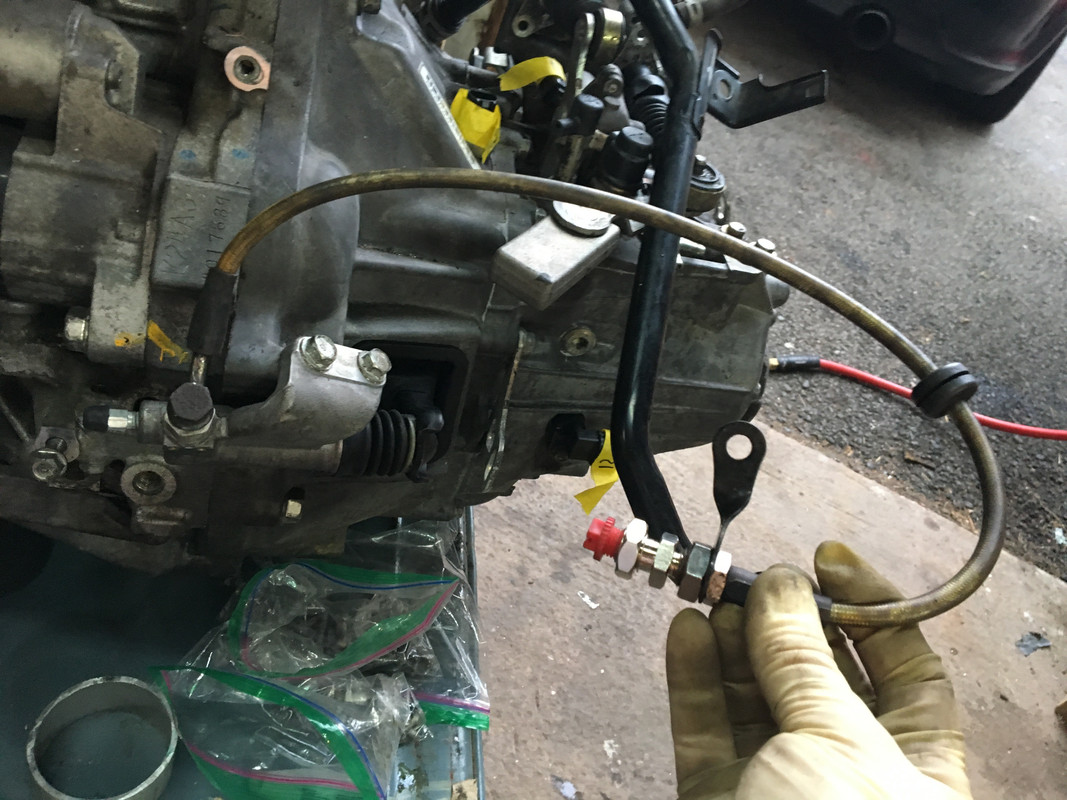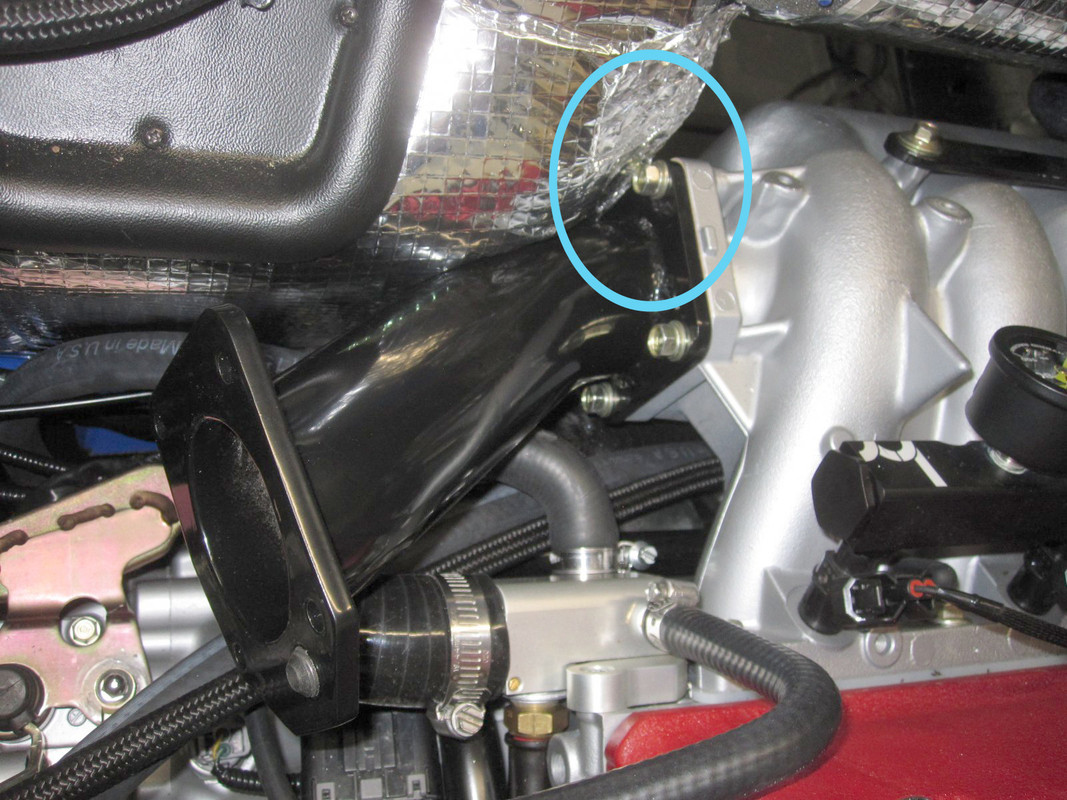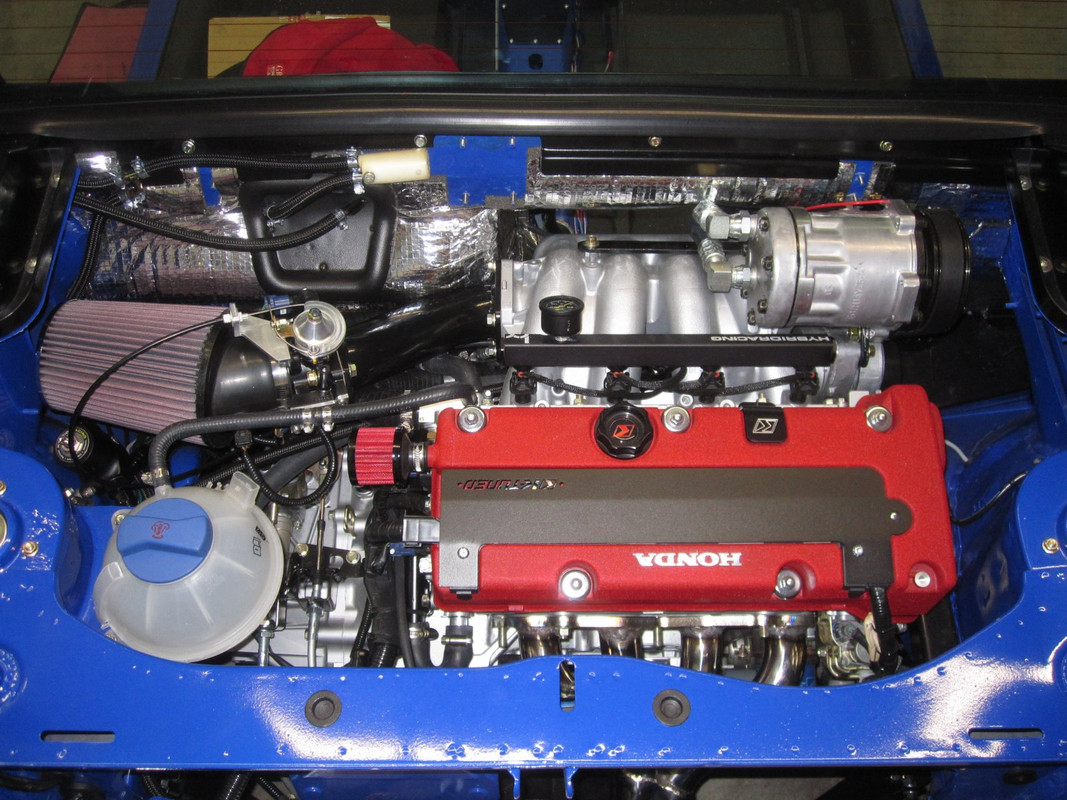Rodger
True Classic
Well, I just got done installing the windshield. First time for me doing something like that and it was probably the scariest thing I have yet done on the car.  Especially after seeing Hussein's post about f...ing up the frame doing his and having to repaint it. That is not an option for me, so I definitely taped it off before I started. I watched some YouTube videos on how to do it, but they were all on newer cars that have the blacked out glass edge that hides the adhesive. I had no idea how long a working time I had with the adhesive, but it turned out to be plenty. I used 3M Single Step Primer first on the pinch weld area and on about half of the rubber U channel trim since the windshield sits on it. I also painted about a 1/4 inch band of the primer on the inside windshield surface and the entire edge. I used 3M 08693 Urethane Adhesive in a regular hand caulking gun. The video guys all had nice power caulking guns, but they were professionals. The adhesive flowed fine although I did let it warm up in the sun first. I made a couple of small rubber standoffs that I pushed into the first layer of adhesive just above the windshield washer nozzles before I set the windshield. They stuck up just a little past the trim so that the windshield would sit on them and keep it at the right height off the bottom edge of the frame. Once I got the glass in place (with a hand from my wife), I went back around and filled in the gap between the glass and the frame with more adhesive and used a plastic tool to smooth it flush with the glass and remove the excess. I had bought two tubes of it, but was able to do the whole thing with just one. Now just let it set for a day and peel off the tape and hope for the best.
Especially after seeing Hussein's post about f...ing up the frame doing his and having to repaint it. That is not an option for me, so I definitely taped it off before I started. I watched some YouTube videos on how to do it, but they were all on newer cars that have the blacked out glass edge that hides the adhesive. I had no idea how long a working time I had with the adhesive, but it turned out to be plenty. I used 3M Single Step Primer first on the pinch weld area and on about half of the rubber U channel trim since the windshield sits on it. I also painted about a 1/4 inch band of the primer on the inside windshield surface and the entire edge. I used 3M 08693 Urethane Adhesive in a regular hand caulking gun. The video guys all had nice power caulking guns, but they were professionals. The adhesive flowed fine although I did let it warm up in the sun first. I made a couple of small rubber standoffs that I pushed into the first layer of adhesive just above the windshield washer nozzles before I set the windshield. They stuck up just a little past the trim so that the windshield would sit on them and keep it at the right height off the bottom edge of the frame. Once I got the glass in place (with a hand from my wife), I went back around and filled in the gap between the glass and the frame with more adhesive and used a plastic tool to smooth it flush with the glass and remove the excess. I had bought two tubes of it, but was able to do the whole thing with just one. Now just let it set for a day and peel off the tape and hope for the best. 




